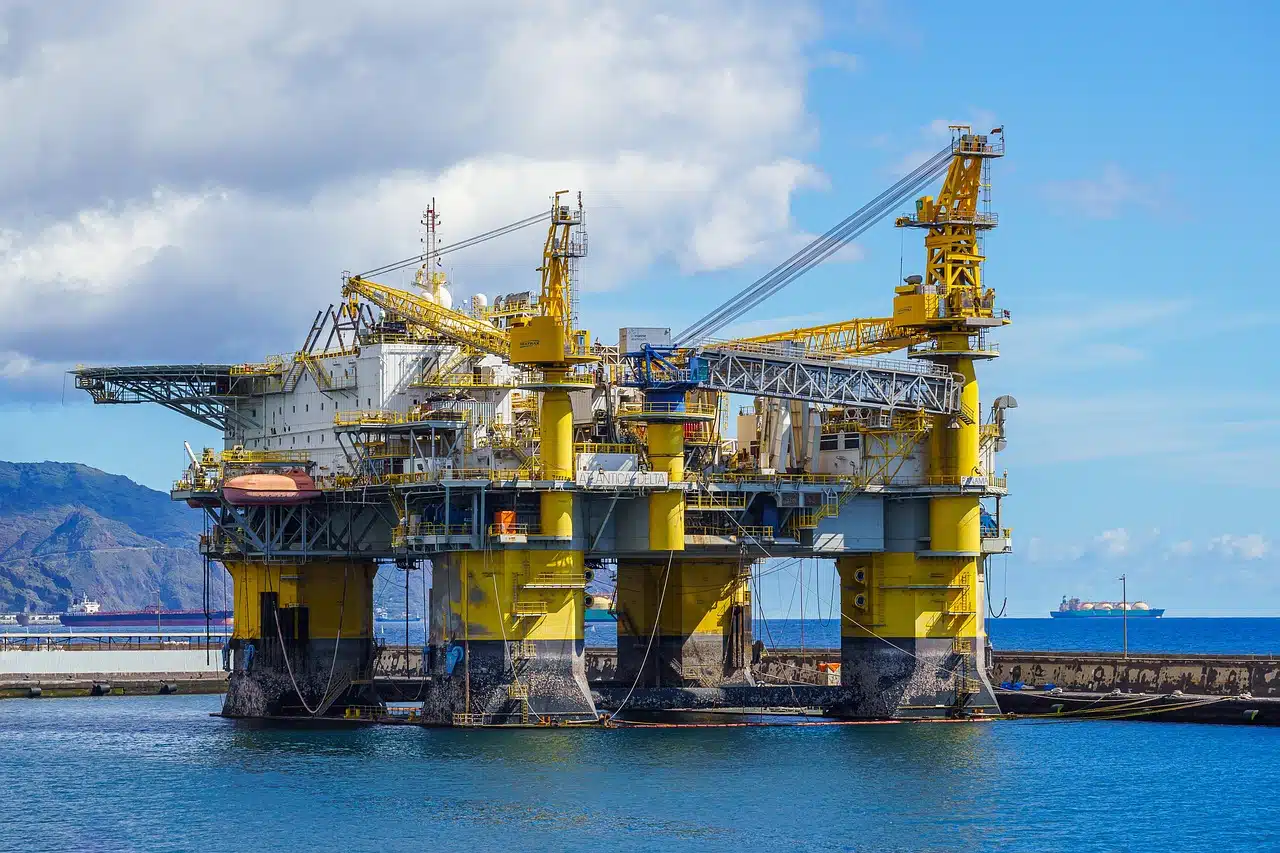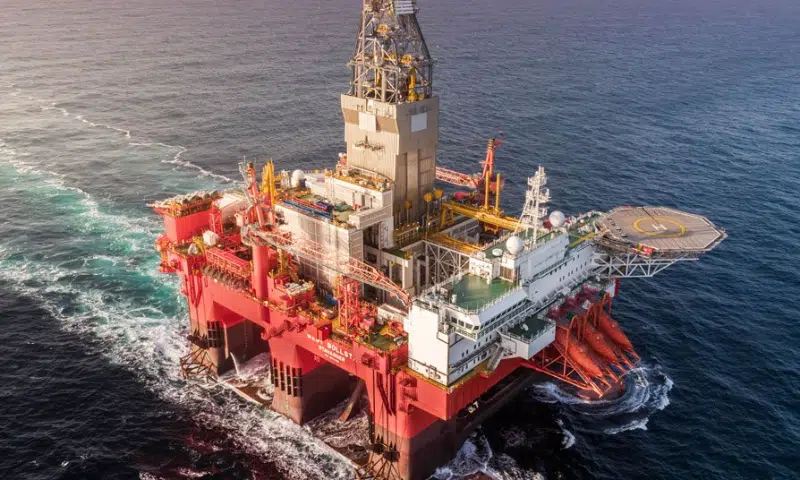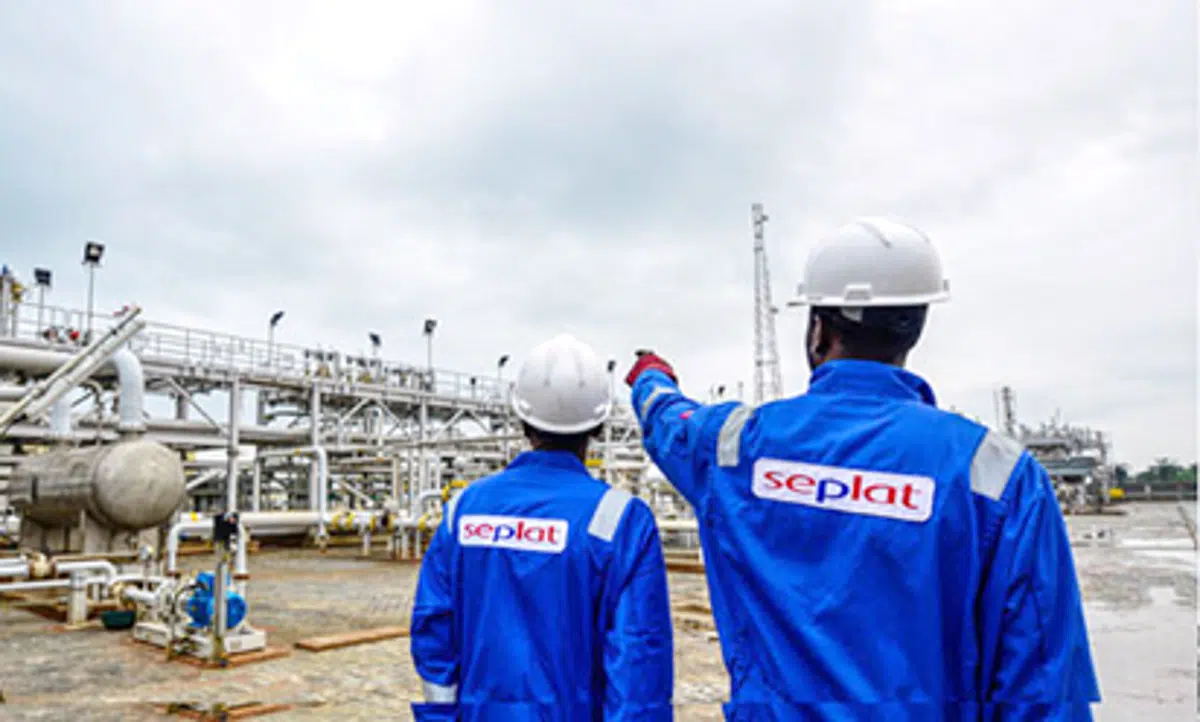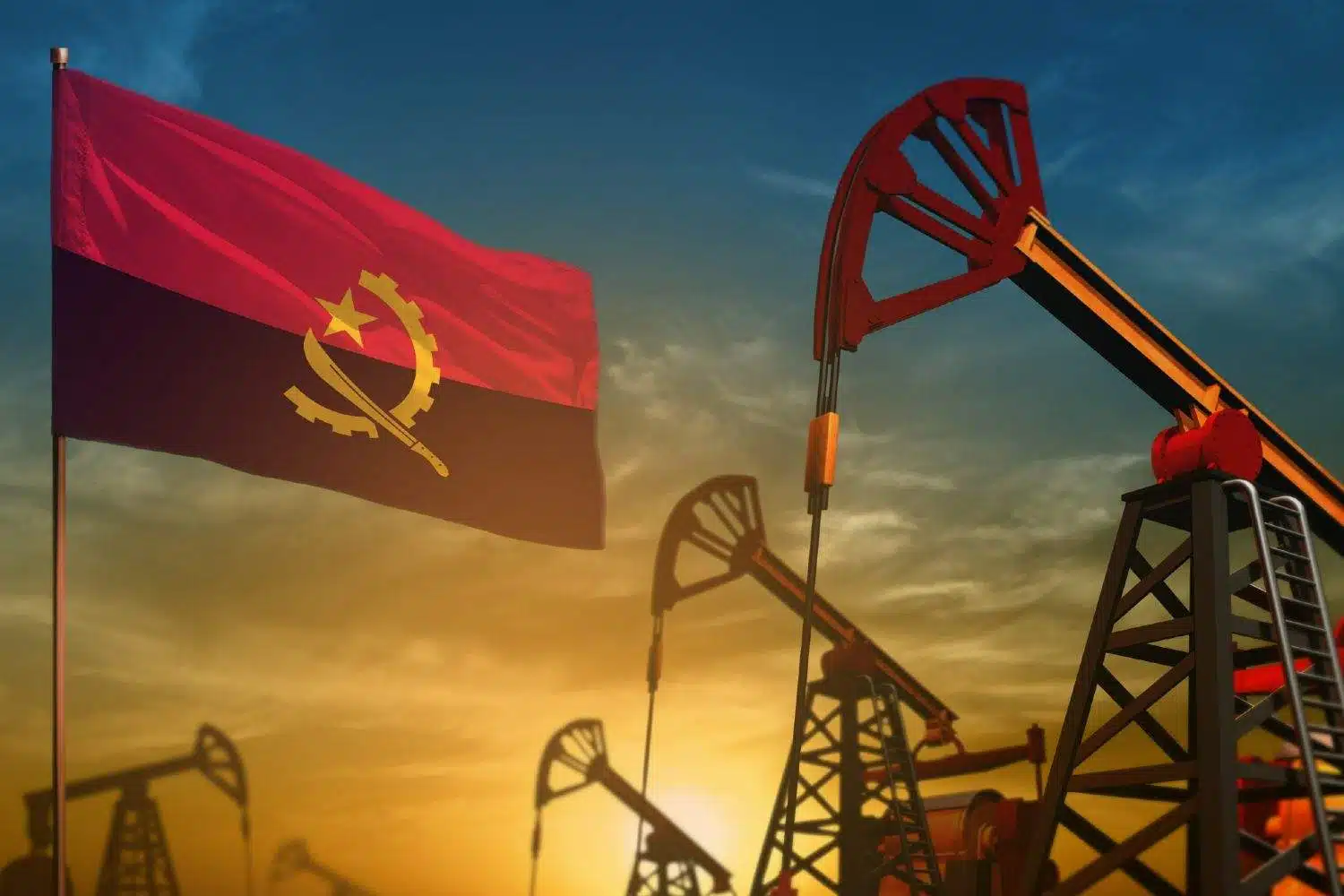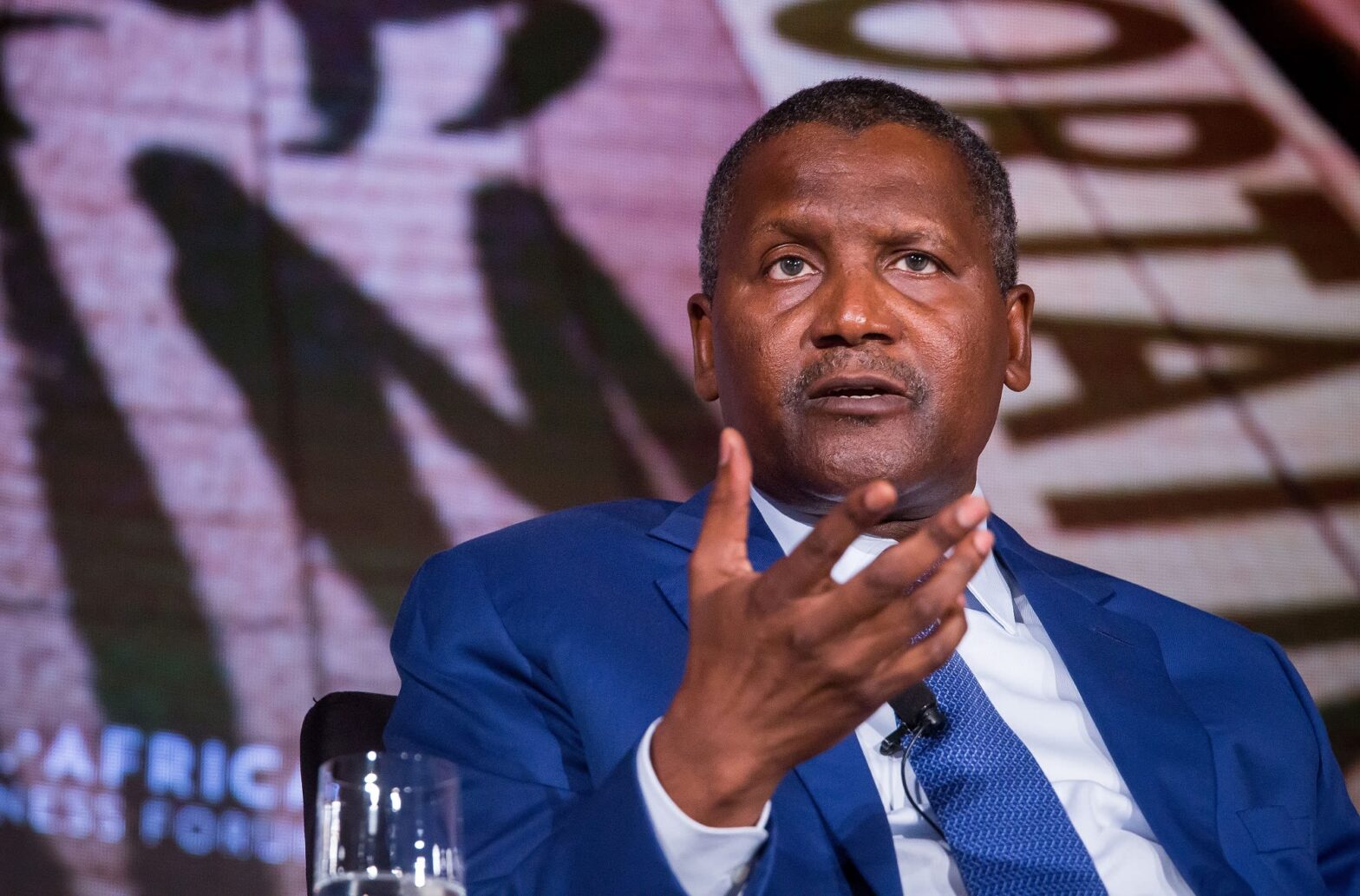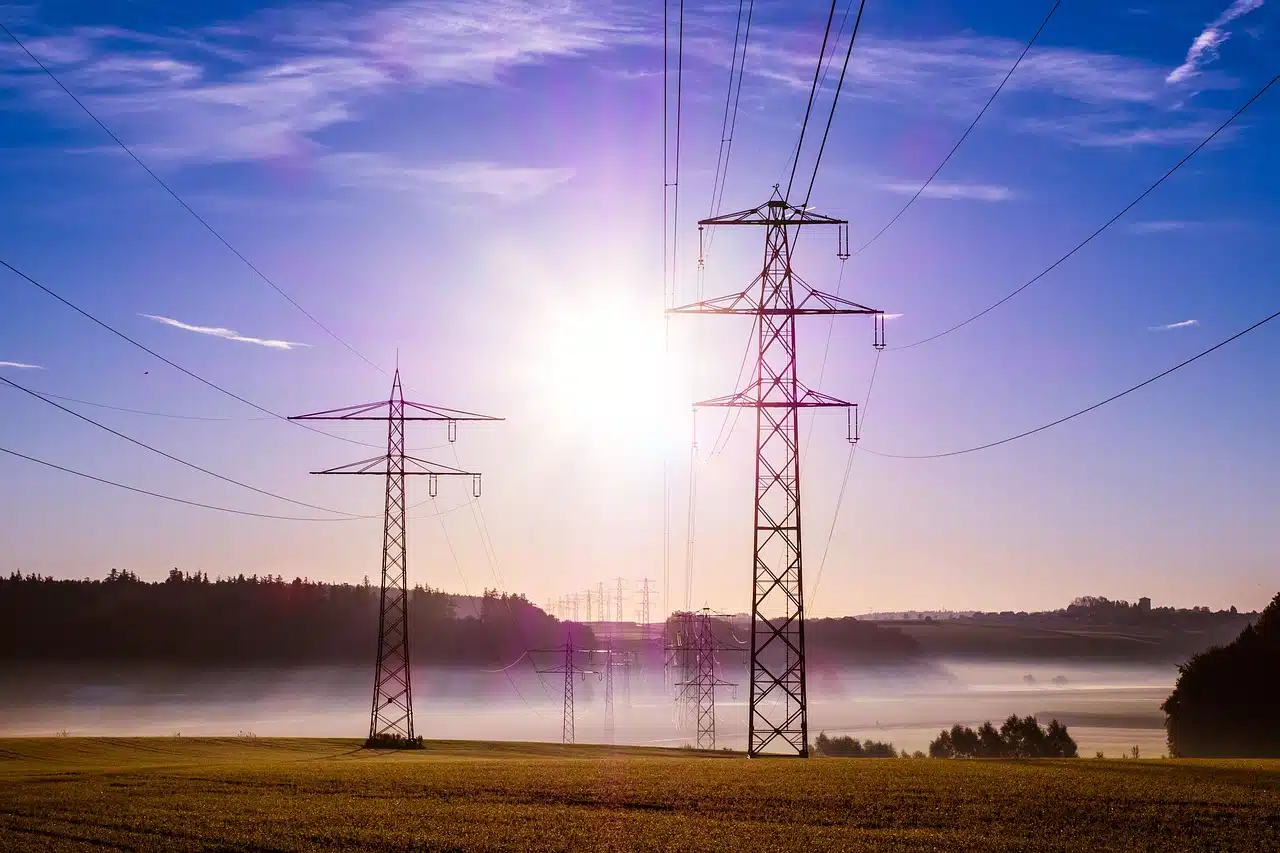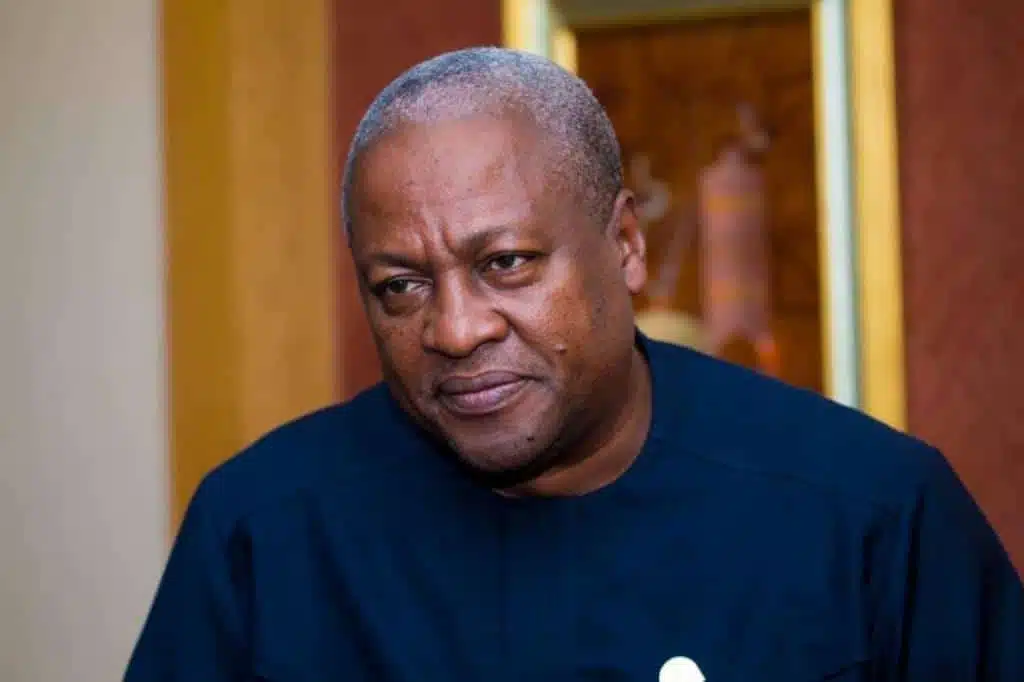Once defined by decades of civil war, Angola is today Africa’s second-largest oil producer. Its petroleum industry now powers the economy, feeds global markets, and is increasingly becoming a big name as far as the continent’s energy future is concerned.
Oil was first discovered in Angola in the 1950s, when it was still a Portuguese colony. But it wasn’t until the late 1990s, right at the tail end of a bloody 27-year civil war, that the country’s vast deepwater reserves began to be unlocked.
The discovery of Girassol, one of the continent’s largest offshore fields, marked a turning point.
Despite political instability, Angola attracted foreign oil majors who brought the technology and capital to develop fields in waters thousands of meters deep.
In the years that followed, oil revenues helped rebuild the country’s infrastructure, even though wealth has remained unevenly distributed.
Today, Angola produces between 1.1 and 1.2 million b/d of oil and boasts over 11 Tcf of proven natural gas reserves—most of it associated gas from its offshore fields.
But this level of output didn’t happen overnight.
It’s the result of decades of technical expertise and billions of dollars in investment by some of the world’s most experienced oil and gas companies.
Let’s take a closer look at the key players behind Angola’s energy success story.
TotalEnergies (France)
TotalEnergies is the largest international operator in Angola with a 41% market share and has been operating there since 1953.
The French giant has controlled major deepwater projects such as Girassol, Dalia, Kaombo, and the upcoming Kaminho development.
The company launched Kaombo, an ultra-deep offshore exploration and production project on Block 32. Like Nigeria’s Egina, Kaombo represents one of the greatest technological feats ever achieved by TotalEnergies.
As of 2019, TotalEnergies had deployed the second FPSO to the Kaombo project, eight months after the first one came on stream.
The Kaombo project alone contributes an average of 230,000 barrels of oil daily, equivalent to 15% of the country’s production.
TotalEnergies also holds stakes in the $12 billion Angola LNG project and has invested in first-of-a-kind gas fields like Quiluma–Maboqueiro.
Chevron (US)
Chevron is a significant player in Angola’s oil and gas industry. Operating since the 1930s, Chevron’s subsidiary Cabinda Gulf Oil Company Limited (CABGOC) remains a leading player via two key offshore concessions: Block 0 and Block 14.
These concessions are located off the coast of Cabinda province and in deep water, respectively.
The American company controls 26% of the upstream oil and gas market share in Angola and is a major employer in the sector.
It is also a key founder of the Angola LNG joint venture, where it supports liquefaction capacity of up to 5.2 mtpa.
Angola LNG is the world’s first LNG plant supplied with associated gas from nearby offshore blocks.
In 2022, net daily production averaged 70,000 barrels of liquids and 259 million cubic feet of natural gas.
ExxonMobil (US)
ExxonMobil has been operating in Angola for about three decades. The company drives Angola’s deepwater efforts through the Kizomba A, B, and C FPSOs in Block 15.
It has also made recent frontier discoveries such as Likember-01 in the Namibe basin.
Back in 2020, the company announced that it has, together with its partners, discovered hydrocarbons in Block 15 off Angola in the Bavuca South prospect.
This was the block’s 18th discovery, but the first since 2003. According to Exxon, the Valaris DS-9 drillship drilled the Bavuca South-1 well encountering 30 m of good-quality, hydrocarbon-bearing sandstone.
Exxon owns a 36% interest in the block, alongside BP (24%), Eni (18%), Equinor (12%) and Sonangol (10%).
Exxon controls 19% of the sector share, and as of June 2024, its daily production surpassed 200,000 barrels of oil equivalent.
Azule Energy (Europe)
Azule Energy is Angola’s largest independent equity producer of oil and gas. In 2022, BP (UK) and Eni (Italy) merged their operations in Angola to form Azule.
BP alone controls 13% of the Angolan upstream oil market share. The JV operates multiple offshore blocks.
It spearheaded the Quiluma & Maboqueiro (Q&M) gas project and currently participates in major upstream and gas infrastructure developments.
Azule Energy currently produces around 210,000 barrels of oil equivalent and is preparing to start operations at two major oil and gas projects to boost output.
One of these projects is the development of the Agogo FPSO, which is aimed at boosting output at the Agogo Integrated West Hub Development.
In addition to the Agogo project, Azule is also developing the country’s first non-associated gas project.
The project will harness gas resources from the Q&M shallow water fields and features the construction of an onshore facility, with a connection to the Angola LNG plant in Soyo.
On the whole, Angola’s upstream oil sector—valued at over $200 billion—is dominated by Western energy majors.
These Big Oil members (including ExxonMobil, Chevron, TotalEnergies, Eni and BP) control at least 70% of Angola’s upstream petroleum market.
Another company that deserves a mention
We can’t claim to exhaust the list of big players in Angola’s oil and gas industry without mentioning Sonangol. It’s like talking about a candle and not mentioning wax.
The state oil company is the sole concessionaire for the exploration of liquid and gaseous hydrocarbons in Angola’s subsoil and continental shelf.
Established in 1976, Sonangol has long been the central player in the country’s hydrocarbon sector, historically responsible for the majority of upstream licensing and operations.
Through several subsidiaries like Sonangol P&P, Sonangol Logistics, and the Kwanda logistics base, Sonangol remains one of the largest oil producers in sub-Saharan Africa.
The company’s total assets were worth $51.5 billion in March 2024, with an employee base of over 12,000 workers.
As these companies continue to invest heavily in high-yield oil and gas assets, the former Portuguese colony’s ambition of keeping daily oil output above 1 million barrels until 2027 becomes convincingly possible.
Angola’s economy remains deeply tied to oil and gas.
The sector accounts for over 90% of the country’s export earnings and around 60% of its national revenue.

